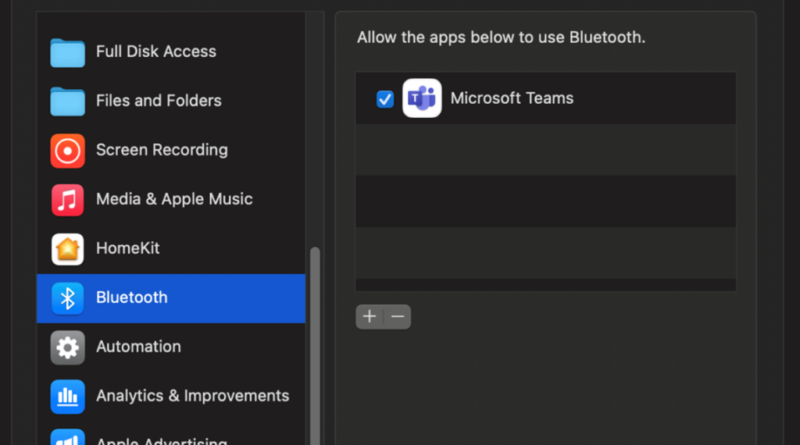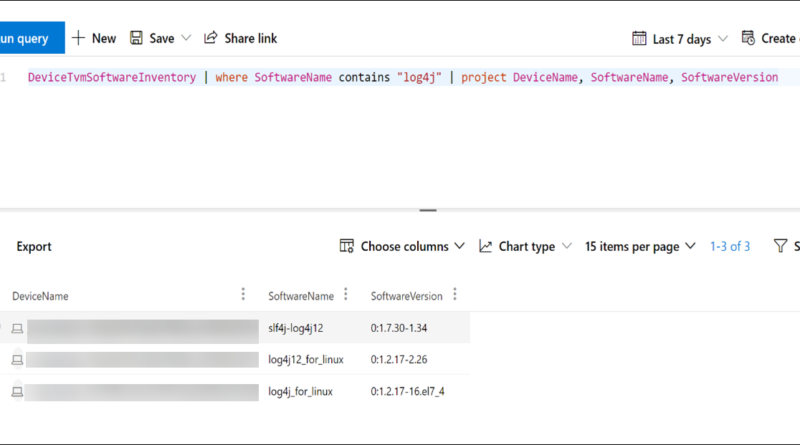Enterprise firewalls have been the quintessential security device for decades, standing guard at the perimeter, inspecting all inbound and outbound traffic for malware. So, what happens to firewalls as the perimeter fades away? They evolve.Today’s firewalls are an essential piece of the enterprise security puzzle. They’ve become the foundational device upon which security vendors have stacked all of their advanced features. Cloud-based, next-generation firewalls (firewall-as-a-service) are a core component of any secure access service edge (SASE) deployment. VPN remote access for work-at-home employees typically terminates at a firewall. And firewalls play a key role in zero-trust network access (ZTNA), serving as the device that enforces access control policies and network segmentation rules.To read this article in full, please click here READ MORE HERE…
Read More










